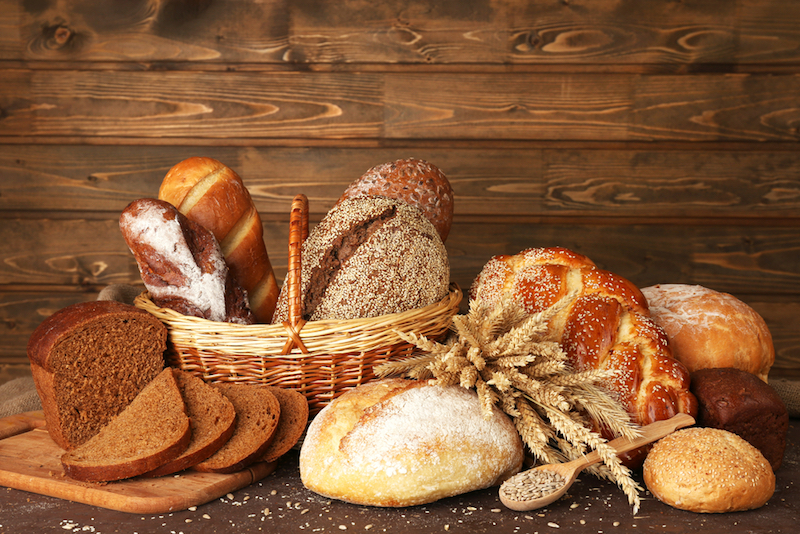The Most Effective Way to Defrost Bread
Branded Content by Cosmic Press
Most of us have thrown a loaf or two of bread in the freezer when we have an overabundance. Believe it or not, it makes a big difference in taste and texture-based upon how you go about thawing out your bread.
Thawing It on the Counter
When you are pondering how to defrost bread the most effectively, most people would think that leaving it out on the counter to thaw is the best way, given you have the extra time to do so. Not so, says baking experts. By thawing a frozen loaf out, molecular changes occur in the bread structure that leave it less than appetizing compared to fresh.
By allowing bread to thaw out slowly at room temperature, key structural components become soggy, trapping water in areas that are meant to be crystalline: in other words, crisper to the palate where crispness is expected (as well as tender in places that are intended to be tender, instead of tough and water-logged).
A better way to defrost bread is to use radiant heat. This will release moisture in a way that retains the pastry’s cellular structure without causing areas of undue sogginess. The feel of this in the mouth is chewy and tough and fairly unpleasant on the whole. This can also be said of bread or pastry that has been similarly left to thaw in the fridge. This type of thawing’s bonus feature is that it can be ready for your meal in a few minutes instead of hours.
Defrosting Bread for the Best Possible Outcome
A toaster oven or oven is the best way to thaw frozen loaves or pieces of bread.
For an entire loaf: remove the loaf from any paper or plastic and place it on a cookie sheet in the center of a 325 degree F oven that has been preheated. Set the timer for 20 to 30 minutes. If you just need to thaw out a few pieces, put 2-3 pieces on a cookie sheet into a 325-degree oven for 3-5 minutes. For one or two slices of bread, a microwave will also suffice if you only leave it in for 20 to 30 seconds.
Of course, if you need toast anyway, there’s no reason you can’t put frozen bread into the toaster or toaster oven.
Bread Do’s And Don’ts
If your bread looks at all moldy or smells off, it is advisable to donate that whole loaf to your local birds (or toss it all in the garbage). People with penicillin allergies can have allergic reactions to certain bread molds, as well.
Freshness is Always Very Important
Only freeze bread that is still fresh and delicious. Freezing bread that is already a couple of days old will result in overly dry, not very tasty bread when thawed. Either try to find a recipe to use up your day-old bread (there are countless ways to utilize stale or old bread in delicious recipes) or donate it to your local flock of crows.
It’s better to slice up a loaf of bread that you intend to freeze. Thawing out a few pieces of bread at a time works out better for most busy people and cuts down on food waste.
Do try the newest superfood breads out there, made of delicious ingredients that keep nutrition levels high, healthy fiber high, and potential allergens like gluten low. There are excellent choices available now to ensure that you can keep bread on the menu, even if you are on a low-carb diet.
Branded content furnished by our promotional partners. The Daily Sundial editorial staff is not involved in its production. Content does not reflect the views or opinions of the editorial staff.










